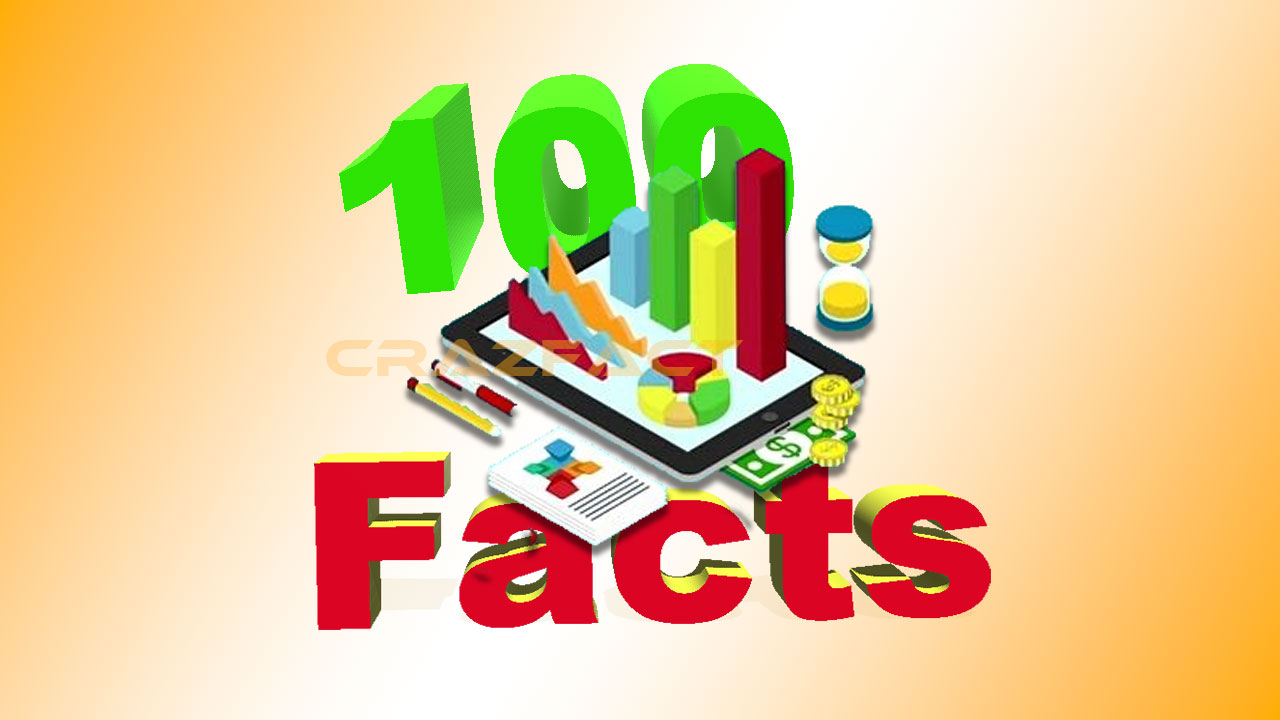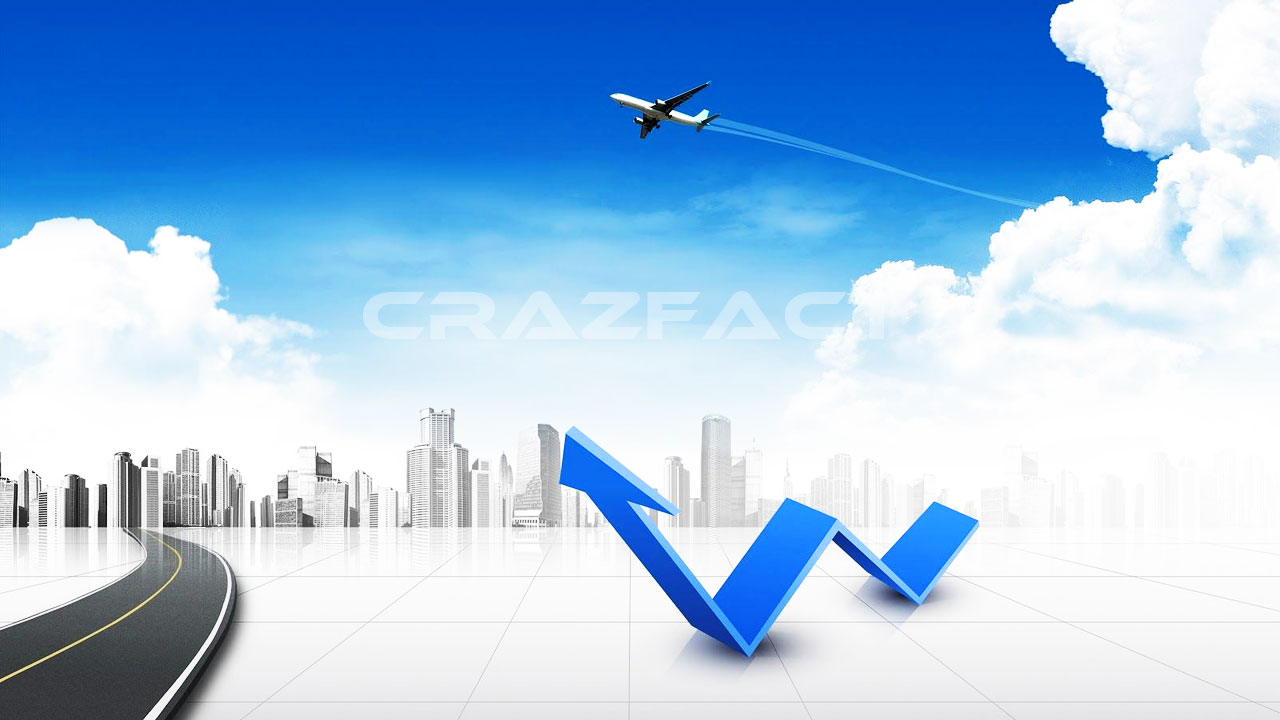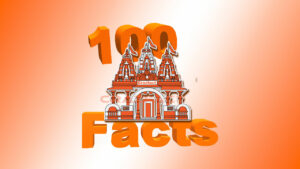Business refers to the activities and operations that organizations engage in to earn profits and provide goods or services to consumers. It encompasses various sectors such as manufacturing, retail, finance, and technology, and can range from small, local businesses to large multinational corporations. Successful businesses are able to effectively manage their resources, create a competitive advantage, and adapt to changes in the marketplace. Additionally, businesses play a crucial role in the economy by creating jobs and driving economic growth.
- A business is an organization engaged in commercial, industrial, or professional activities.
- A company is a type of business that is legally registered and recognized by the government.
- A sole proprietorship is a type of business owned and run by one person.
- A partnership is a type of business owned and run by two or more people.
- A corporation is a type of business that is legally separate from its owners and has the power to issue stocks and bonds.
- A limited liability company (LLC) is a type of business that combines the benefits of a corporation and a partnership.
- A nonprofit organization is a type of business that is dedicated to a specific social cause or mission.
- A franchise is a type of business in which the owner (franchisee) is granted the right to use the trademark, products, and business model of another company (franchisor).
- A small business is a business with fewer employees and less revenue than a large business.
- A startup is a newly established business that is in the early stages of operations.
- The purpose of a business plan is to outline the strategy, goals, and projected financial performance of a business.
- A SWOT analysis is a tool used to evaluate the strengths, weaknesses, opportunities, and threats of a business or project.
- Marketing is the process of promoting and selling products or services.
- Sales are the process of persuading someone to buy a product or service.
- Advertising is a form of marketing that uses various media to promote a product or service.
- Public relations is the practice of managing the spread of information between an organization and the public.
- A brand is the image and reputation of a business or product.
- A patent is a legal monopoly granted to an inventor for a certain period of time.
- A trademark is a symbol, word, or phrase used to identify and distinguish a product or service from others.
- A copyright is a legal right granted to the creator of an original work, such as a book or a song.
- A trade secret is a confidential information that gives a business a competitive advantage.
- A merger is the combination of two or more companies into a single entity.
- An acquisition is the purchase of one company by another.
- A joint venture is a business partnership between two or more companies.
- Outsourcing is the practice of hiring another company to perform a task that was previously done in-house.
- A supply chain is the network of businesses, people, and resources involved in the creation and delivery of a product or service.
- A distribution channel is a path a product or service takes from the manufacturer to the customer.
- A wholesaler is a business that buys products from manufacturers and sells them to retailers.
- A retailer is a business that buys products from wholesalers and sells them to customers.
- A drop shipper is a retailer who does not keep any inventory but instead sends customer orders to the supplier.
- A gross margin is a difference between the cost of a product and its selling price.
- A net profit is a total revenue minus the total expenses of a business.
- A balance sheet is a financial statement that shows a company’s assets, liabilities, and equity at a specific point in time.
- An income statement is a financial statement that shows a company’s revenues, expenses, and profits over a specific period of time.
- A cash flow statement is a financial statement that shows the inflow and outflow of cash over a specific period of time.
- A break-even point is a point at which a business’s revenue is equal to its costs.
- A business cycle is the natural fluctuation of economic activity, characterized by periods of growth and decline.
- A recession is a period of economic decline, characterized by falling GDP and rising unemployment.
- Recovery is a period of economic growth, characterized by rising GDP and falling unemployment.
- Depression is a severe recession, characterized by a prolonged period of economic decline and high unemployment.
- Inflation is an increase in the general price level of goods and services in an economy.
- Deflation is a decrease in the general price level of goods and services in an economy.
- A stock is a share of ownership in a publicly traded company.
- A bond is a financial instrument in which an investor loans money to a company or government in exchange for interest payments.
- A mutual fund is a type of investment vehicle that pools money from multiple investors to buy stocks, bonds, and other securities.
- A hedge fund is an investment fund that uses advanced investment strategies to generate high returns.
- Venture capital is a type of private equity that is invested in startups and early-stage companies.
- Private equity is an investment in a non-publicly traded company.
- A leveraged buyout is the acquisition of a company using a significant amount of borrowed money.
- A business model is a way a business generates revenue and makes a profit.
- A disruptive business model is a model that fundamentally changes the way an industry operates.
- A lean startup is a business model that emphasizes rapid experimentation and iteration.
- A social enterprise is a type of business that aims to achieve a social or environmental impact alongside a financial return.
- A co-working space is a shared office space for entrepreneurs, freelancers, and small businesses.
- An incubator is a program that provides resources and support to early-stage startups.
- An accelerator is a program that provides intensive mentorship and resources to startups in exchange for equity.
- A business angel is an individual who provides capital and mentorship to startups in exchange for equity.
- Crowdfunding is a method of raising capital by soliciting small contributions from a large number of people.
- Bootstrapping is a method of starting and growing a business with little or no outside funding.
- Scalability is the ability of a business to grow and accommodate increased demand.
- Sustainability is the ability of a business to operate in a way that meets the needs of the present without compromising the ability of future generations to meet their own needs.
- A business strategy is a plan of action for achieving a specific goal or set of goals.
- A competitive advantage is something that sets a business apart from its competitors.
- A core competency is a unique capability or strength that a business possesses.
- Customer segmentation is the process of dividing a market into smaller groups of customers with similar needs or characteristics.
- Customer retention is the ability of a business to keep its customers over time.
- Customer loyalty is the willingness of customers to continue doing business with a company.
- Customer satisfaction is the degree to which a customer is happy with a product or service.
- Customer service is the assistance and support provided by a company to its customers.
- A customer experience is the overall feeling a customer has when interacting with a company.
- A business process is a set of activities that are performed in order to achieve a specific business objective.
- Process improvement is the optimization of a business process to make it more efficient or effective.
- Six Sigma is a data-driven methodology used to improve business processes by identifying and removing defects.
- Total Quality Management (TQM) is a management approach that seeks to improve the overall quality of a business.
- Business Intelligence (BI) is the use of data, technology, and tools to analyze and report on the performance of a business.
- Data analytics is the process of examining and interpreting data in order to make informed decisions.
- Business Continuity Planning (BCP) is the process of preparing for and managing disruptions to a business.
- Disaster recovery is the process of restoring a business to normal operations after a disaster.
- Compliance is the adherence to laws, regulations, and industry standards.
- Governance is the set of rules, policies, and procedures that a company uses to manage its operations.
- Corporate social responsibility (CSR) is the commitment of a business to be socially and environmentally responsible.
- A green business is a business that operates in an environmentally friendly and sustainable manner.
- A digital transformation is the adoption of digital technologies to improve business operations and customer experiences.
- Omnichannel retailing is the practice of providing a seamless shopping experience across all channels, such as in-store, online, and mobile.
- E-commerce is the buying and selling of goods and services over the internet.
- M-commerce is the buying and selling of goods and services over mobile devices.
- Artificial intelligence (AI) is the simulation of human intelligence in machines that are programmed to think and learn like humans.
- A blockchain is a decentralized digital ledger that records transactions across a network of computers.
- A smart contract is a digital contract that is self-executing and self-enforcing.
- Industry 4.0 is the fourth industrial revolution, characterized by the integration of advanced technologies such as AI, IoT, and blockchain into manufacturing.
- The Internet of Things (IoT) is the interconnectivity of physical devices, vehicles, buildings, and other items embedded with electronics, software, sensors, and connectivity which enables these objects to collect and exchange data.
- A 5G is the fifth generation of mobile networks, offering faster speeds and lower latency than 4G.
- Big Data is a term used to describe the large volume of structured and unstructured data – both internal and external to a company – that is generated and captured by an organization.
- Cloud computing is the delivery of computing services such as storage, processing power, and applications over the internet.
- Cybersecurity is the practice of protecting devices, networks, and data from unauthorized access, use, disclosure, disruption, modification, or destruction.
- A Digital twin is a virtual representation of a physical object or system that can be used for simulation, analysis, and optimization.
- Edge computing is a distributed computing paradigm in which data processing and analytics are performed at the edge of the network, closer to the source of the data.
- Quantum computing is a type of computing that uses quantum-mechanical phenomena, such as superposition and entanglement, to perform operations on data.
- Augmented reality (AR) is a technology that overlays digital information on the user’s view of the real world.
- Virtual reality (VR) is a technology that creates a computer-generated simulation of a three-dimensional environment for the user to interact with, allowing them to experience a different reality.
Note that these are some general facts about business, the business world is much more vast and complicated. I suggest researching more specific areas of business that you are interested in.






